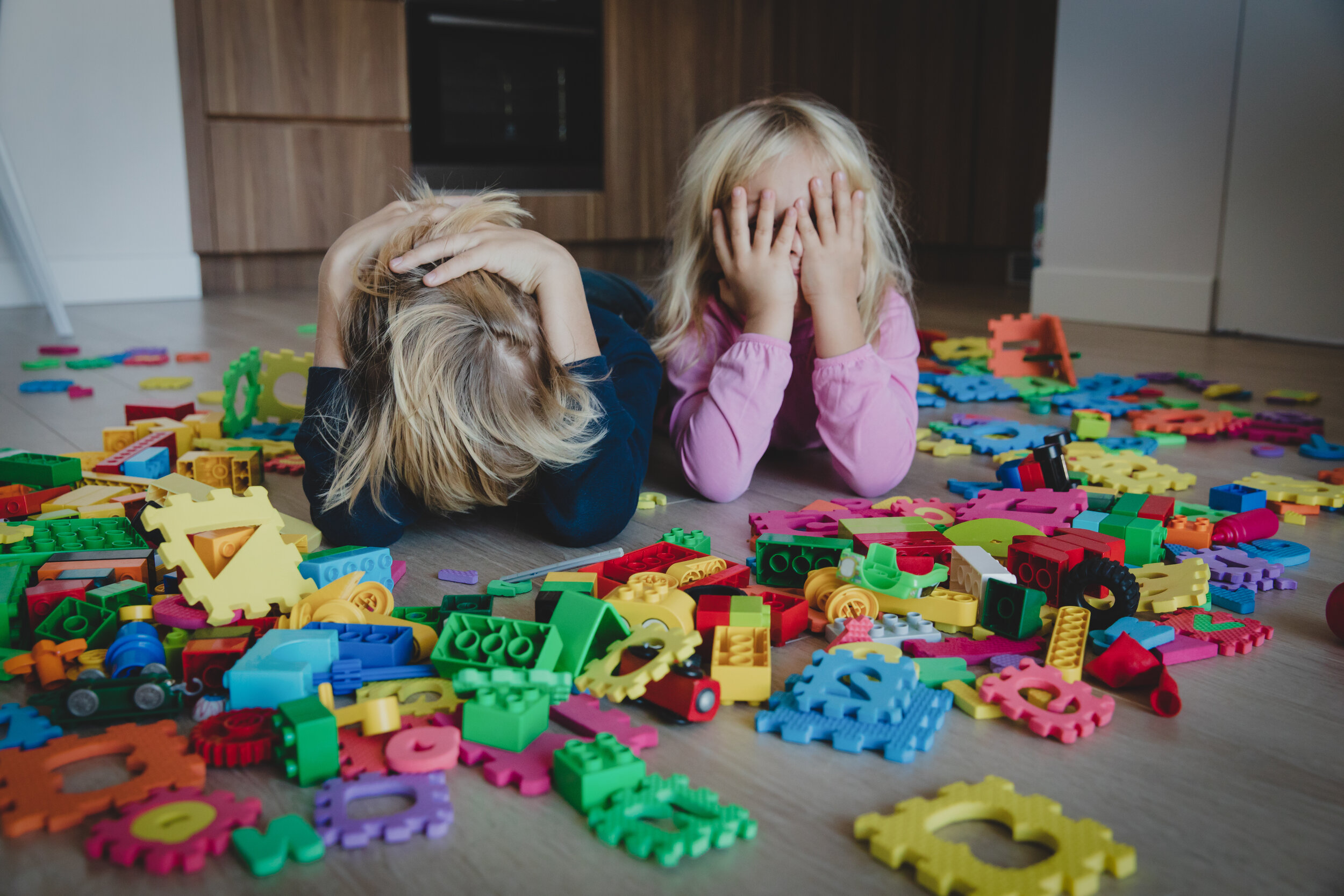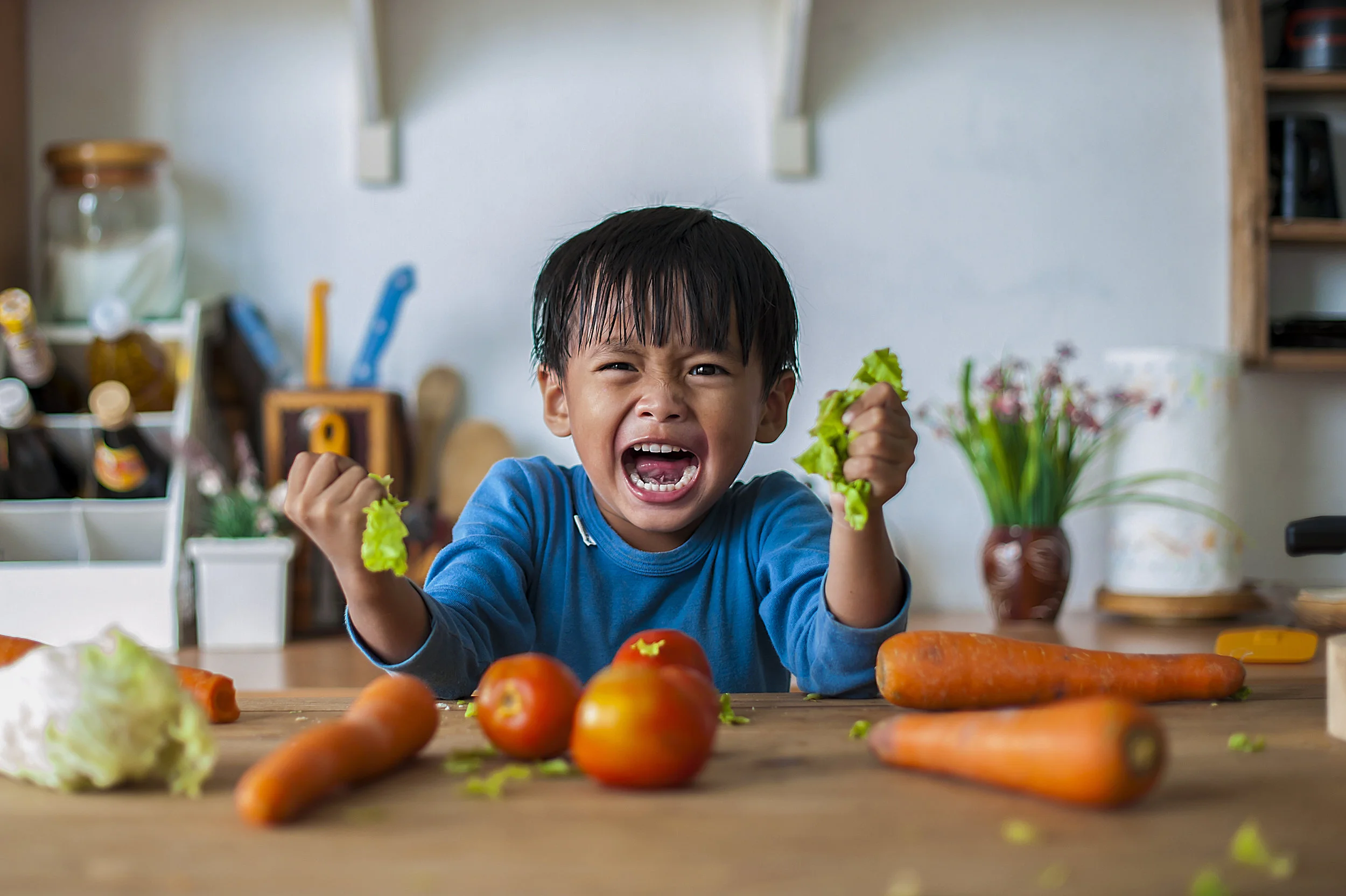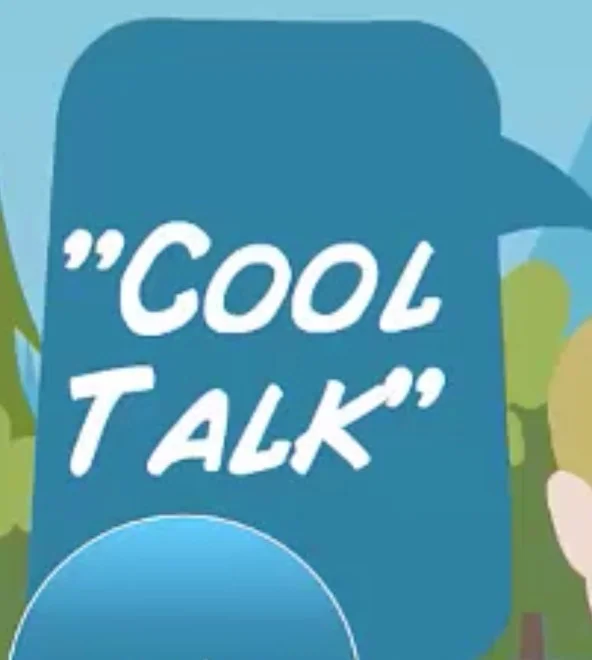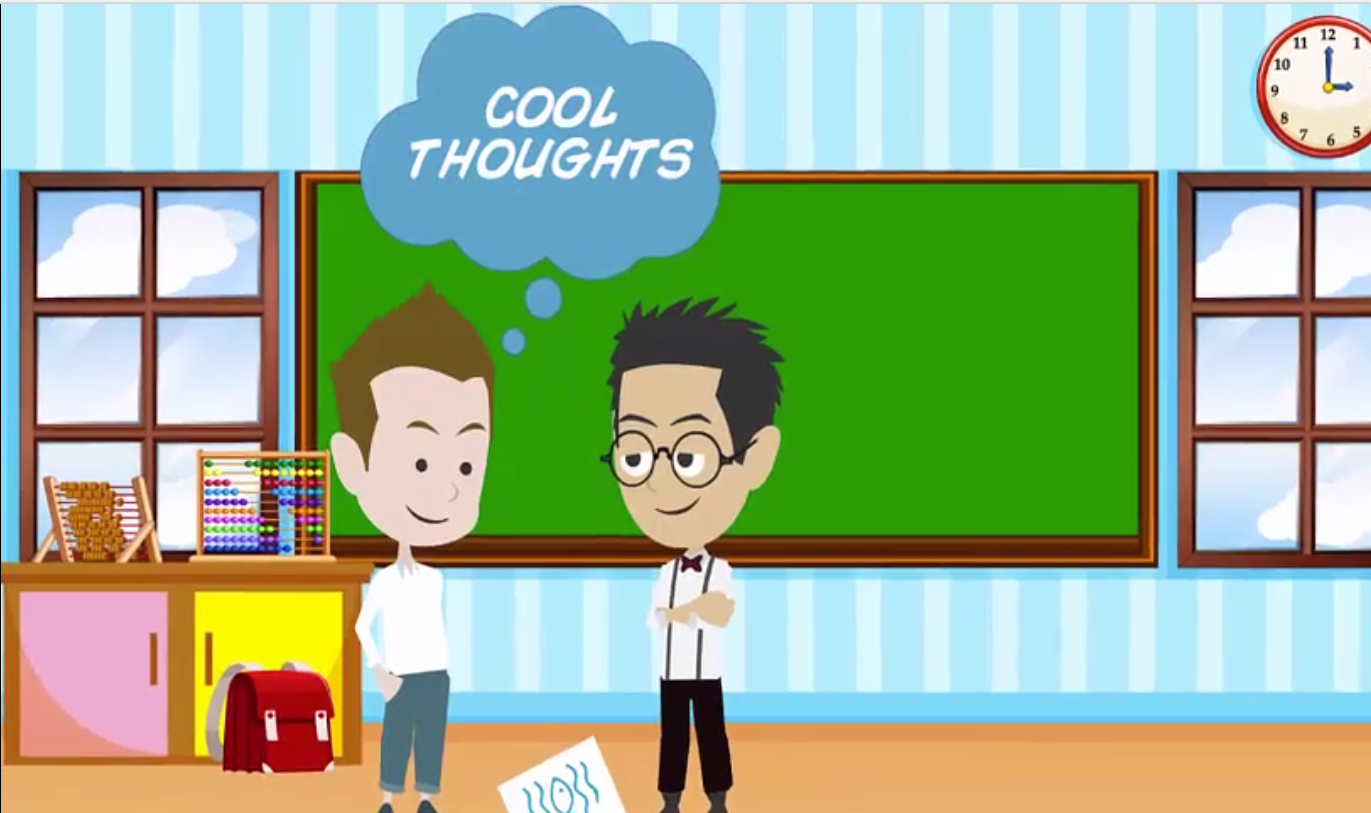Worried and fearful thoughts: Using cognitive strategies (CBT, MCT and ACT) to help children and teens with anxiety
/There is a significant body of research showing that children and teens with symptoms or diagnoses of anxiety disorders have been shown to “think in different ways” compared with children who do not have these challenges.
For instance, studies have found children with anxiety are more likely to remember negative or threatening information in their environment, interpret ambiguous situations as potentially dangerous, and be able to identify a greater number of threats in any given situation. Other studies have found that the degree or amount of “negative thinking” a young person regularly does/has (catastrophizing, black and white thinking, mind reading) is correlated with the severity of anxiety they experience. Finally, studies have also found that children with anxiety disorders spend significantly more time “worrying” (thinking repeatedly about fearful thoughts repeatedly) than children without anxiety disorders. A note for interest – although these effects have been found in children of all ages, they are more pronounced in older children/teens than in younger kids.
Given these differences in the way anxious children think compared to non-anxious children, it is not surprising that there is a long history of psychologists trying to help anxious young people to either think differently, or to think differently about their thinking.
There are at least three models of psychological treatment which outline strategies for how children/teens with anxiety might manage, respond to or view thoughts and beliefs - cognitive behaviour therapy, metacognitive therapy and acceptance commitment therapy. Each of these models of treatment have slightly different views about the way worried thoughts or beliefs contribute to anxiety. I have briefly summarized these below. Please note that each of these therapy models include other important components in their treatment protocols – in this summary however I have just focused on how these different treatment models view thoughts and beliefs.
Read More















